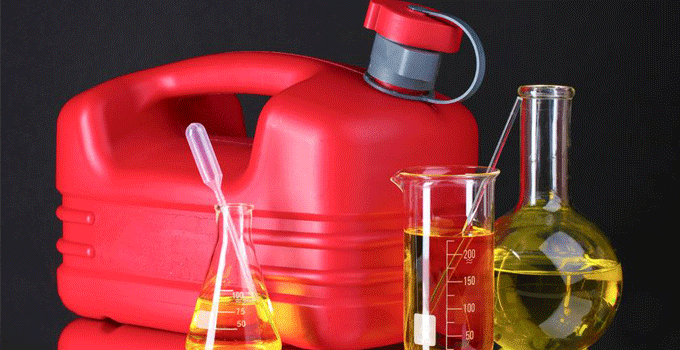
How to Properly Use Ethanol Fuel (E10) in Power Equipment
Posted July 17, 2013 by T AEthanol Fuel (E10) is everywhere! Now almost all gasoline contains this blend of 90% gas and 10% ethanol.
The positive side of Ethanol fuel is that it reduces exhaust emissions and helps reduce the dependence on foreign oil because it’s a renewable resource (corn-based).
For automobiles like cars, E10 won’t do much harm, except reduce your gas mileage by a few mpgs (as some claim).
But for Outdoor Power Equipment, ethanol fuel can be a damaging and costly issue, if NOT Used Properly!
What are the Effects of Ethanol?
- Over time, Ethanol will start to absorb water, which is never good to have in your fuel tank. This will lead to poor engine performance.
- Ethanol is also a destructive solvent. It will slowly dissolve the parts of your fuel system, creating gummy/varnish deposits that clog the carburetor and internal engine parts.
Ethanol (E10) PROPER USE Guidelines:
- Always add a Fuel Stabilizer as soon as you get fresh gas.
- Shake the fuel mixture in your gas can to stir up any small amounts of water that may have collected at the bottom.
- Store fuel in an air tight gas container (no vent caps).
- Don’t store fuel/oil mixtures with a stabilizer longer than 90 days, just to play it safe.
- Keep gas caps secured on tanks at all times between fill ups.
- Long-Term Storage: Completely drain the fuel tank and run the unit dry. Also drain the carburetor bowl where some left over gas will collect.
*The Ethanol Golden Rule:
Only buy a 30 Day Supply. Keep your Fuel Fresh! And never run stale gas in your equipment.
